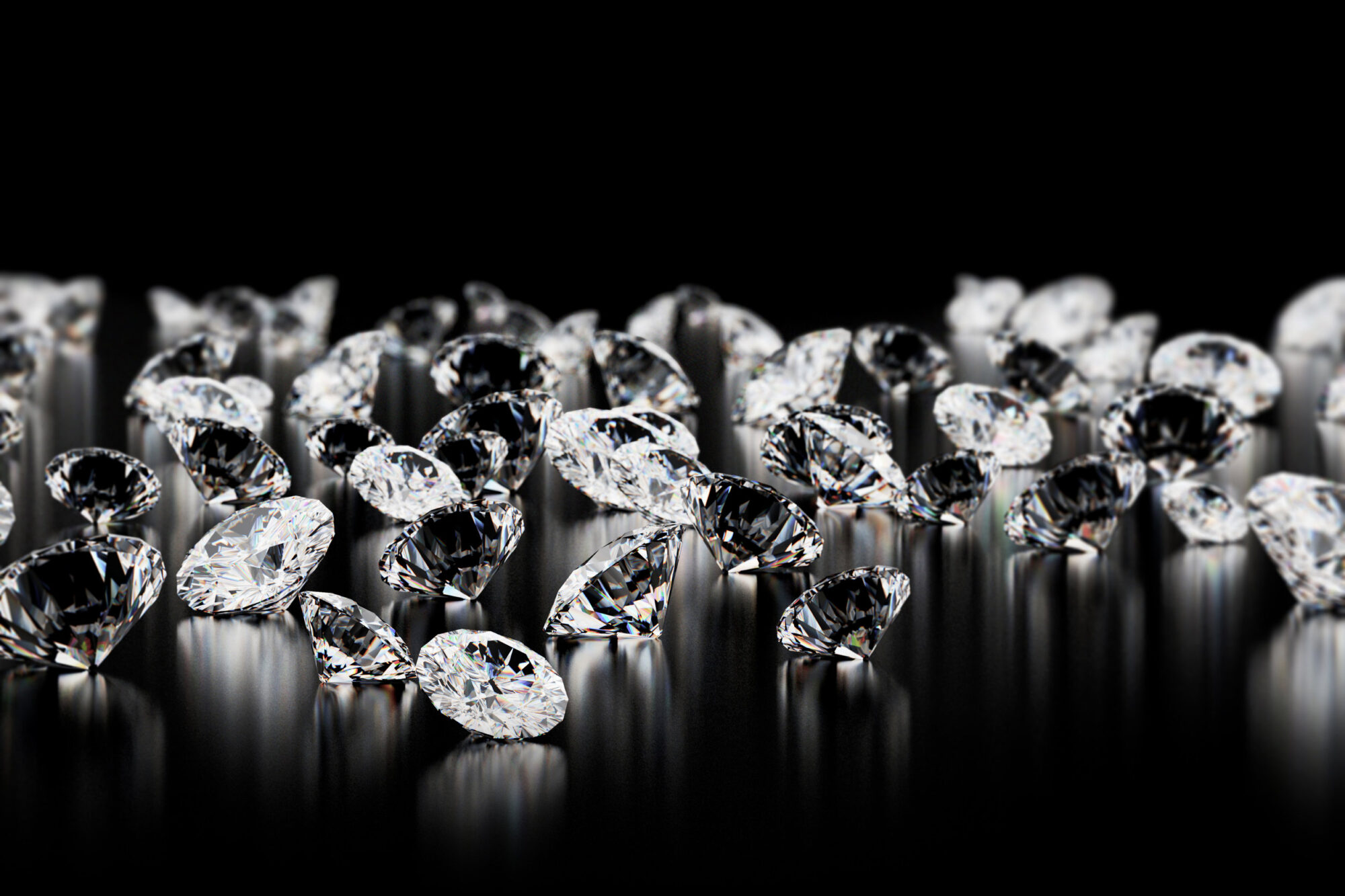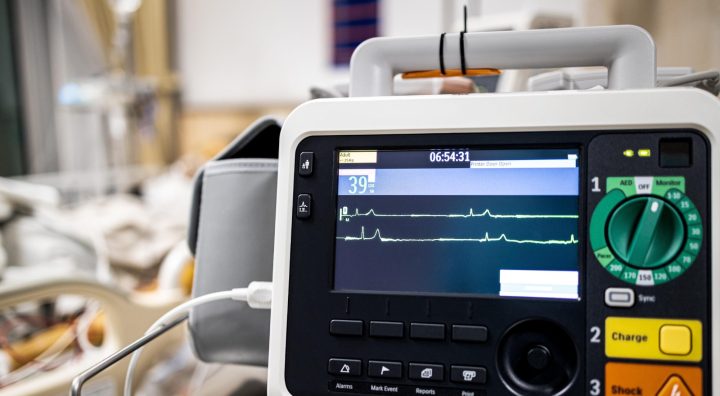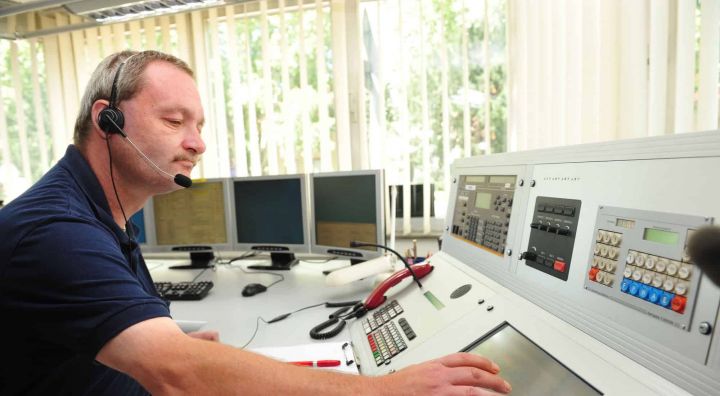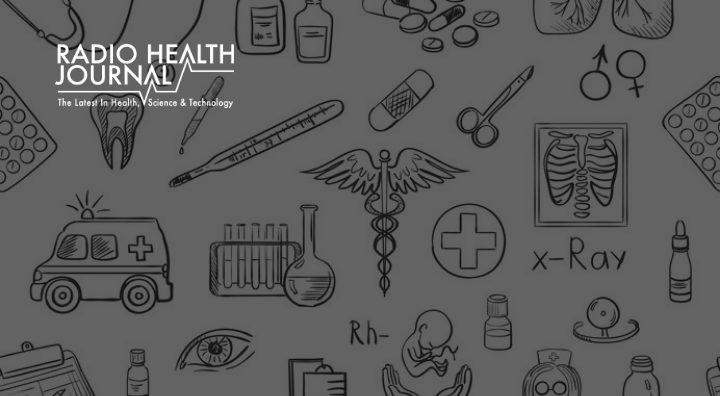Russia produces one-third of the world’s rough diamonds, mainly from the Yakutia region of Siberia. The Russian government owns 33% of Alrosa, a publicly traded company that accounts for 90% of Russia’s diamond industry. Ian Smillie, an expert on conflict diamonds, joins us to discuss how an effective global embargo of Russian diamonds would send a strong economic message to its leaders.
Are diamonds funding Russia’s invasion of Ukraine?
Although much smaller than Russia’s oil exports, diamonds bring in about $3 billion per year for the country and Russian oligarchs are heavily invested in the industry. Because of the association between Alrosa and Russia’s government, the company is essentially helping fund Russia’s invasion of Ukraine.
The White House has put sanctions on 13 Russian companies, including Alrosa, saying that they can’t raise debt equity in the United States… [but] they don’t need to raise money in the United States right now.
— Ian Smillie
Even with President Biden’s recent announcement of additional bans on Russian products, including diamonds, seafood, and vodka, Smillie says they don’t make much of an impact on the diamond industry.
“The White House has put sanctions on 13 Russian companies, including Alrosa, saying that they can’t raise debt equity in the United States. Well, that’s not a big deal. I mean, they don’t need to raise money in the United States right now,” says Smillie.
The United States Treasury called the sanctions against Alrosa and its CEO severe and unprecedented. However, the World Diamond Council says the sanctions haven’t caused any issues for the business and U.S. companies are still legally able to buy and sell Russia’s diamonds.
Antwerp: Diamond capital of the world
According to Smillie, if you want sanctions to have a real impact on the Russian diamond industry, you need to start in Antwerp, Belgium.
Antwerp is globally recognized as the diamond capital of the world and has been a leader in the industry for more than 500 years, according to the Antwerp World Diamond Centre. They also report that diamonds account for 15% of all Belgian exports.
Smillie says 80% of the world’s diamonds are traded each year in Antwerp, so for a global embargo on Russia’s diamonds to work, Antwerp would need to restrict access to Alrosa.
“Alrosa has 21 contracts through 2024 with companies that buy rough diamonds and then pick them off to various places for cutting and polishing. So, if you were to cut out Alrosa’s access to Antwerp, that would be a start,” says Smillie.
Next, according to Smillie, you have to look at India. By value, 70% or more of the world’s diamonds are cut and polished in India, and Smillie says Alrosa could bypass Antwerp and go to India directly, so India also needs to take a stand against Russia’s diamonds.
Since India handles such a large volume of diamonds, Smillie says there’s really no other place that could support all of Russia’s gems. And because half of the world’s diamonds are sold in America, Smillie thinks that the U.S. could influence India into not accepting Russian diamonds.
Are diamonds actually valuable?
Diamonds were scarce until the mid 1800s when there was suddenly an inflow of the gems into the market, but De Beers managed to control the supply in order to keep up the illusion of a diamond’s rarity. The company created a demand by marketing diamonds as the ultimate sign of love and the only acceptable stone for an engagement ring. A billion dollar industry was born from a piece of carbon with the best PR team.
“You have to remember diamonds, gem quality diamonds don’t have any purpose except decoration… they’re for jewelry, they don’t have any other purpose at all. Industrial diamonds are very cheap. There would be no shortage of industrial diamonds, plenty of other sources.”
How would a global embargo impact diamond prices?
“An embargo on Russian diamonds would certainly drive up the price of gem quality diamonds. That would not be a bad thing for other countries that produce diamonds, particularly African countries,” says Smillie.
…diamonds are symbols of beauty and love and foreverness… For them to be coming from a country where the opposite is currently being practiced, just doesn’t seem to make any sense.
— Ian Smillie
A truly effective global embargo on Russian diamonds might increase the diamond prices, but it would also send a direct message to Vladimir Putin and the rest of the world, according to Smillie.
“I think if you were to embargo Russian diamonds, you would send a very strong… economic message and a political message. And not just to Russia, but to… everybody who thinks about diamonds, because diamonds are symbols of beauty and love and foreverness, and that sort of thing. For them to be coming from a country where the opposite is currently being practiced, just doesn’t seem to make any sense,” concludes Smillie.
Guest Information:
- Ian Smillie, Conflict Diamonds Expert, International Development Consultant, author of Diamonds and Blood on the Stone











Leave a Reply